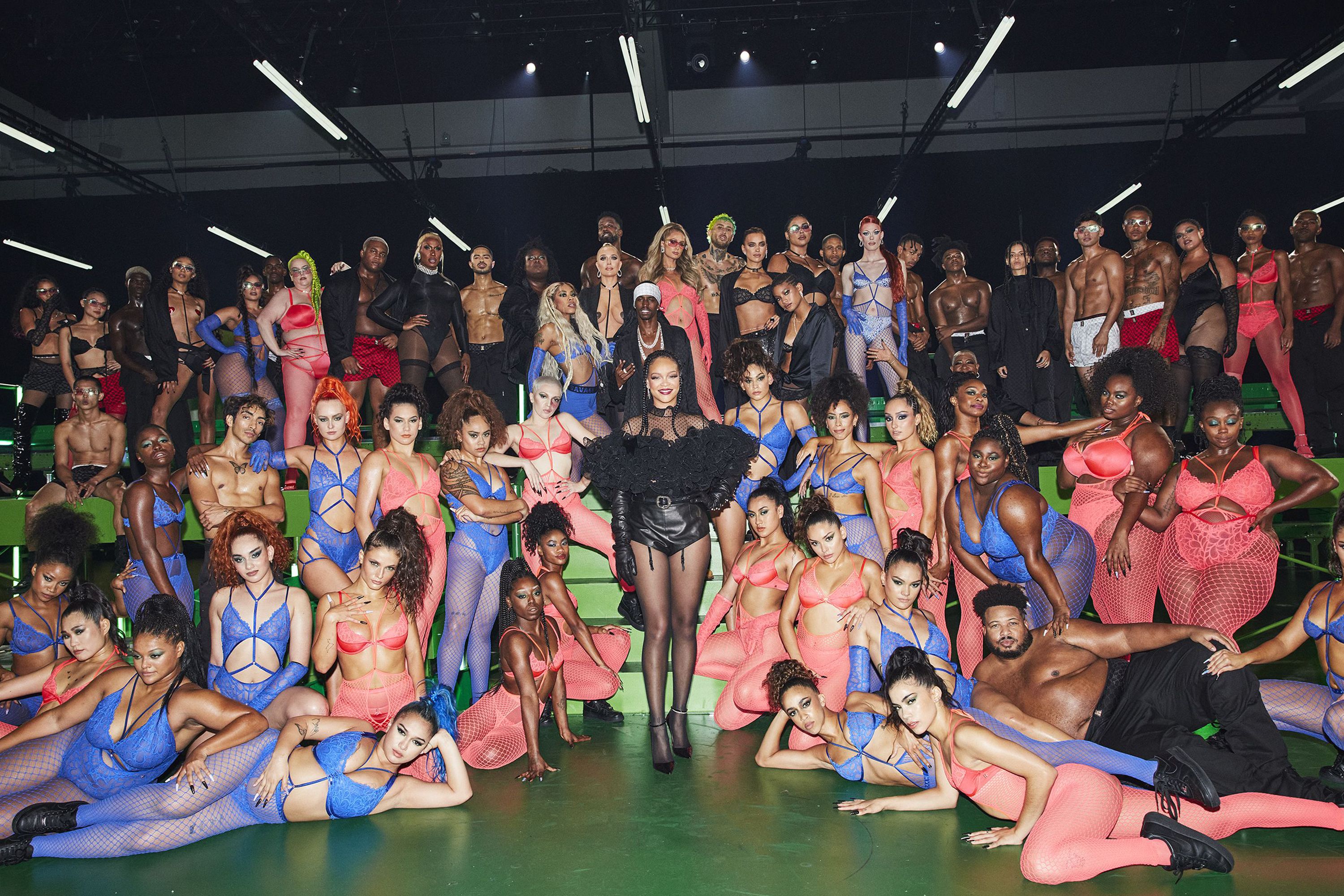






COMD3504 - Section OL06 - Fall 2020







Jan Tschichold in The New Typography believes type itself is good design. Tschichold discusses how often designers today will focus on visuals, and adding ornaments to text or even arranging it differently or fitting it into a shape that may take focus of the text and pay more attention to the ‘visuals’. While some think that the design might look empty and simple the designer should not deny that clean text can be appealing. Tschichold believes that there should be an abolition of ornamentation, to remove anything to your design that is unnecessary, typography should not be neglected as it makes the designer focus on which information is important.
Karl Gerstner also brings up how design needs methods and focus on each element and to think about the importance and function of the elements. While not everything the designer plans is used or perfect, the layout and plans should be organized. Typography can be organized by weight, font, style, the direction in which it is read, and spacing. There is also an importance to grids, as they regulate the composition. Gerstner’s text shows the importance typography has to a design, and how the planning can affect the expression it has.
Josef Müller-Brockmann emphasizes the importance a grid has to design, similar to Gerstner he relates it to planning the components of the design. And like Tschihold he believes a design should integrate the components in a systematic, functional way. A grid assists designers into following functionality instead of going for more subjective work, to make the designer see what is essential to a design. According to these three texts a design needs to be extensively planned out with an organized rubric. Design should not be focused on adding ornamental details, the designer needs to think about what the purpose of the design is and to base the design on that. By organizing a layout with a grid or list, you can clarify which components are essential. Typography needs to be clear, its weight, direction and style carry an importance to the expression of your work and not be blocked by visuals or poor layout. Color and images needs to be rationally integrated.
Walter Gropius discusses how artists have been trained by schools and how it isolates and restrains them to just a set of ideas taught to them. By staying in school and focusing only on those techniques they are cut off by society, and design is suppose to interact with the public making it a contradiction. An artists needs to go out and interact with the world and the people around them, they need to see reactions and how things function and how the public connects certain things. Every object and form has a meaning and an association and the artist needs to interact with them to feel it as well and to gain new ideas and because work based only on principles taught in class can be meaningless.
László Moholy-Nagy and Herbert Bayer bring up the importance of typography will bring new techniques and ideas for art and design. Typography constantly grows and evolves much like other mediums in art like film and photography. It is a form of technology itself and artists need to be aware of its integration especially for print. Print, typography, photography and new technology should be integrated into an artists work as it develops new techniques and makes the artist more innovative in adding components and arrangement.
These text bring up how typography and technology will continue to grow and develop, and encourages artists to be aware of them as they will affect art and design. Beyer specifically mentions how there will barriers between people because as technology evolves we will be interacting more with those people. And how new methods of design will focus on how to get the message across despite the language barrier. Beyer brings up how technology will replace print, how there will be less people reading and this is still a topic debated about today. He suggests that designers keep in mind that methods evolve and to not use the same old techniques.
the word image should be linked to the root imitari
Terms:
semiology
ontology
a priori
denotational
connotational/connoted/connotators
elucidation
anchorage
syntagm
diegesis
coded/non-coded iconic message
questions:
Can there be a limit to the meanings that can be placed on an image? How can you place a meaning on an image?
These are studied and discussed using a panzani ad, because everything that is used in an ad can be considered intentional.
Looking at linguistic language, denoted image, and connoted image.
-images are coded/have been connected to a meaning/along with colors and fonts
-stereotypes are also put into play and could be formed subliminally in your mind along with meanings we associate with images/text/color
Marshall McLuhan discusses how the message can be the medium itself, not just the purpose it was created for. Media has become an extension for human beings, what we see and hear affects how we plan and think; how we talk and interact with others. Media becoming more accessible to people has given everyone the opportunity to view the media of others and may change how we perceive someone, or how we perceive ourselves. There has also been a change to how we absorb things and how we react to it, this can be shown by how trends and critiques have changed.
The progress of technology can be a hazard though due to how fast we all adjust without putting much thought into how we change, McLucan states; ‘In the history of human culture there is no example of a conscious adjustment of the various factors of personal and social life to new extensions except in the puny and peripheral efforts of artists’. This statement might be turning false now due to the developments occurring, social life, education, careers have become more involved with media, there is a need to catch up and adjust due to how fast new media gets introduced and how it changes the people around you. Although there have been discussions on how we’ve become dependent to media and how it changes the manner in which we consume it, there still seems to be no attempts to change it; instead we may continue like this or focus on a ‘niche’. Although McLucan’s statement is still correct as we do still find ourselves aware of media and adjust ourselves unknowingly.
Media changes and adjusts people, designers have to keep in mind that although there can be changes to media there has to be an introduction to it. “Nobody wants a motorcar till there are motorcars, and nobody is interested in TV until there are TV programs. This power of technology to create its own world of demand is not independent of technology being first an extension of our own bodies and senses”. When creating new ideas artists and designers play the role of introducing ideas and may have to risk the fallout of the risk when trying a new idea, they must have the audience in mind the majority of the time, and it’s their role to decide who they want to introduce this idea to. That’s around the time when you decide the media you use, the work you create is second to the media you use because it’s how we interact with the work, how we decide whether it’s worth the effort to interact with the work.
Language is a system that i don’t believe is only limited to humans, it can be seen as a form of sounds and symbols that are used to communicate. If we go by Lupton-Millers writing, colors and images alone can be used as a form of communication, even if one doesn’t explain it too you in words, depending on how you grew up you can understand a message. Sausurre’s writing goes into detail on how language is can be psychological with our minds associating certain terms. How language shows how we can adapt to situations and environments, shown by how some symbols and tones have universal meanings and how we have terms and manners that we use depending on who we’re communicating with, or how it changes with time.
Design uses language to communicate a message with either text or visuals, often the usage of color is put into consideration because color has even become almost like a language. The usage of certain typefaces can change your designs meaning or the clarity, designers have to think about how it goes with the topic and if there is clarity, along with the text and how it is arranged. Even colors can completely can the tone or message you are trying to communicate as they have different meanings in certain areas and can also change the mood. There is also simplistic language that can also be used for things as simple as creating a map or a warning sign since they have symbols that have become universal and unchanging throughout time like numbers.
Keeping this in mind, universal symbols and archaic numbers shows how people throughout the world can communicate ideas in similar ways. However designers need to realize that there still a difference in formalities and meanings for some languages and to keep this in mind when creating a design. We need to be aware that we are in a time were it is easier to consume things from other areas of the world and now especially is a time where trends and language changes due to the increased exposure to different people and places. Design has been changing as well, old practices,movements and ideas are still used but they can be modified in order in be ‘modernized’ or for self-expression. Designers should keep in mind that language is constantly adapting and changing to times and places and to put this thought into the decisions they make with their use of language (font,color,symbols) since design has helped create universal languages they should be put to use.
© 2024 Communication Design Theory
Theme by Anders Noren — Up ↑
Recent Comments